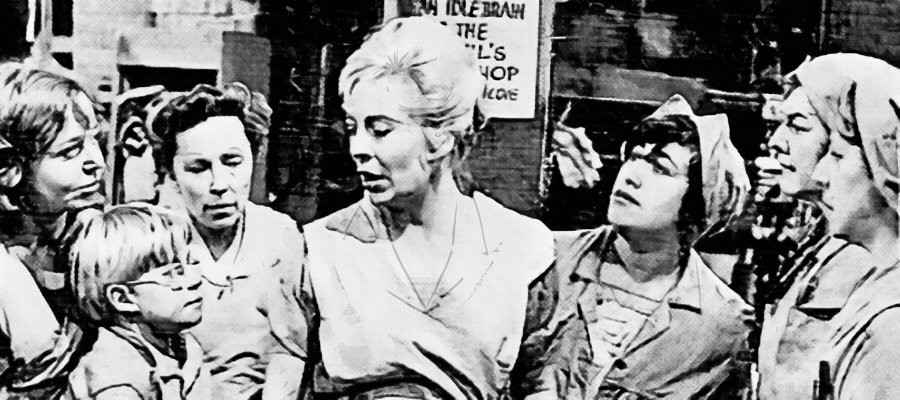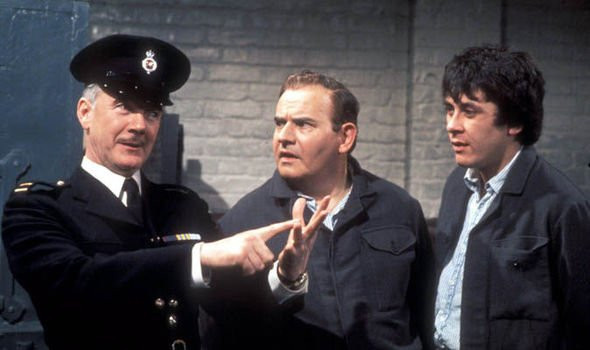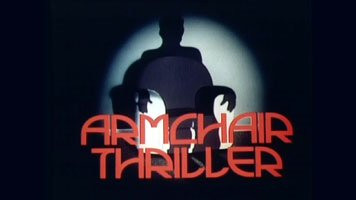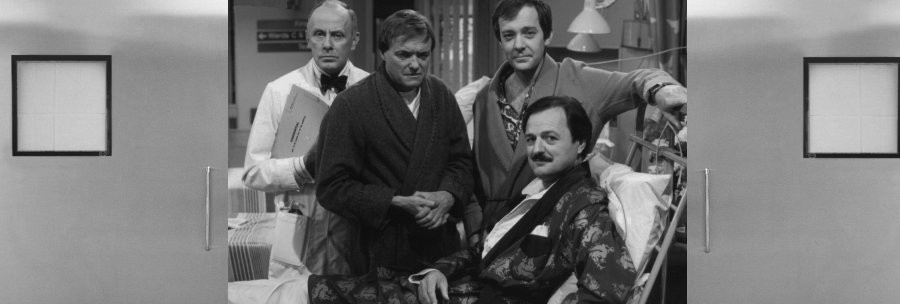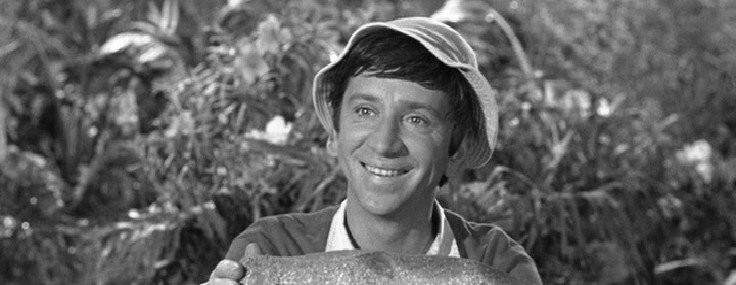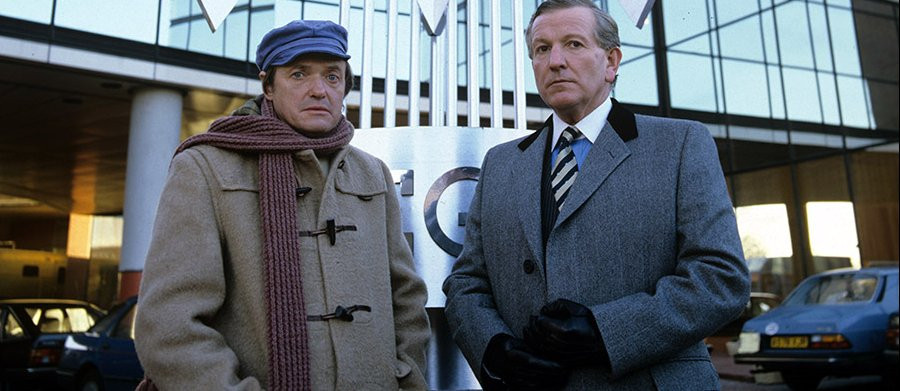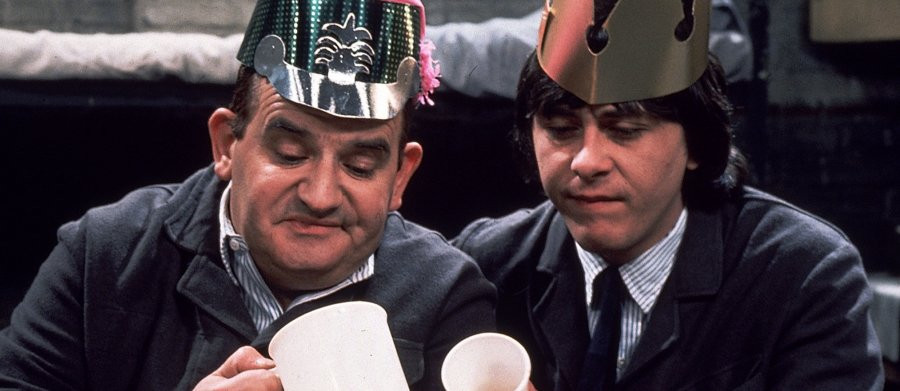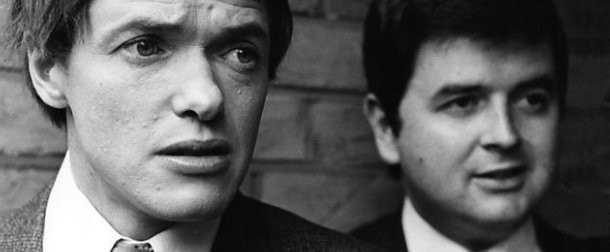
The Likely Lads
1964 - United KingdomA Classic Portrait of Friendship, Class, and Change
A sharply scripted comedy of character, class and changing times, The Likely Lads, along with its even more polished and poignant sequel Whatever Happened to the Likely Lads, remains one of British television’s most enduring sitcom achievements. Created by Dick Clement and Ian La Frenais, this immensely popular BBC series offered a wry, perceptive and laughter-laced reflection of the work-deprived industrial North East during the mid-sixties and early seventies.
At its core, the original series (1964–1966) chronicled the lives of two young men from Newcastle, Terry Collier and Bob Ferris, whose deep-rooted friendship had endured since childhood, despite their increasingly divergent paths in life. With Terry portrayed by James Bolam as a feckless, work-shy and ever-opinionated rebel, and Rodney Bewes as the more mild-mannered, conformist Bob, the pairing struck comic gold. Their dynamic was as believable as it was relatable, capturing the rhythms of ordinary working-class life with authentic humour and warmth. Though broadcast in black and white and on the minority channel BBC2, the show quickly became a surprise hit, resonating with audiences who recognised their own lives and struggles in the lads' banter, pub sessions, and bird-chasing misadventures.
The success of The Likely Lads owed much to the way Clement and La Frenais mined comedy from the mundane and familiar. In its depiction of Bob and Terry’s humdrum routines; days at work followed by pints at the local, the series tapped into a widespread sense of shared experience. The show’s origins, remarkably, lay in a sketch penned for Clement’s BBC director’s course, a modest beginning that soon laid the foundations for one of British comedy’s most influential writing partnerships.
In 1973, the duo revived their creation with Whatever Happened to the Likely Lads?, reuniting the characters in glorious colour and with an even keener eye for social commentary. This time, Bob was climbing the social ladder, on the brink of marriage to Thelma, the boss’s daughter, while Terry, newly discharged from the army and emerging from a failed marriage, was struggling to adapt to a changing world that seemed to have passed him by. The class tensions and personal frustrations that simmered beneath the surface of their friendship were now brought into sharper relief, with the series deftly charting not only the boys’ altered relationship but also the transformation of Britain itself.
Though talks of a revival surfaced intermittently, James Bolam’s well-documented reluctance to return to the role of Terry kept such hopes firmly in the realm of nostalgia. A 2002 tribute, featuring Ant and Dec as the new generation of lads, failed to capture the original’s spirit and received a lukewarm reception, despite a brief cameo from Rodney Bewes.
Wonderfully written, beautifully acted, and shot through with a deep understanding of social understanding, both The Likely Lads and its sequel now stand as more than mere sitcoms. They are valuable cultural artefacts, a mirror to an era when the line between comedy and social commentary was as fine as it was potent. In their depiction of two friends struggling to hold onto the past while the future loomed ever larger, Clement and La Frenais created something timeless.
A classic in every sense, The Likely Lads remains both a deeply funny and quietly profound reminder of the power of television to reflect who we are, and who we used to be.
TV Times article on Ian La Frenais (1973)
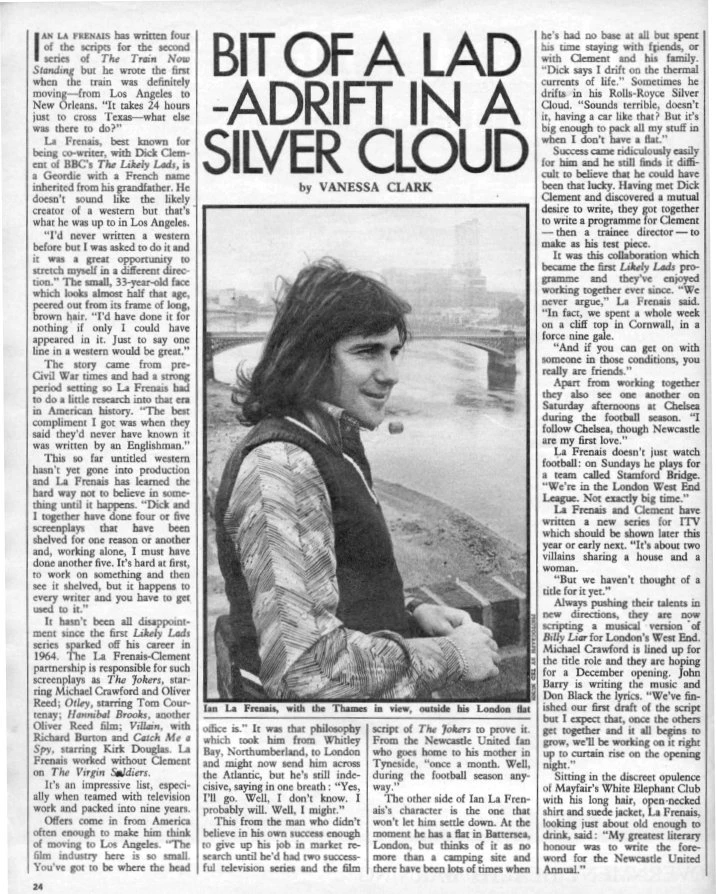
Seen this show? How do you rate it?
Seen this show? How do you rate it?
Published on December 31st, 2018. Written by Malcolm Alexander for Television Heaven.


